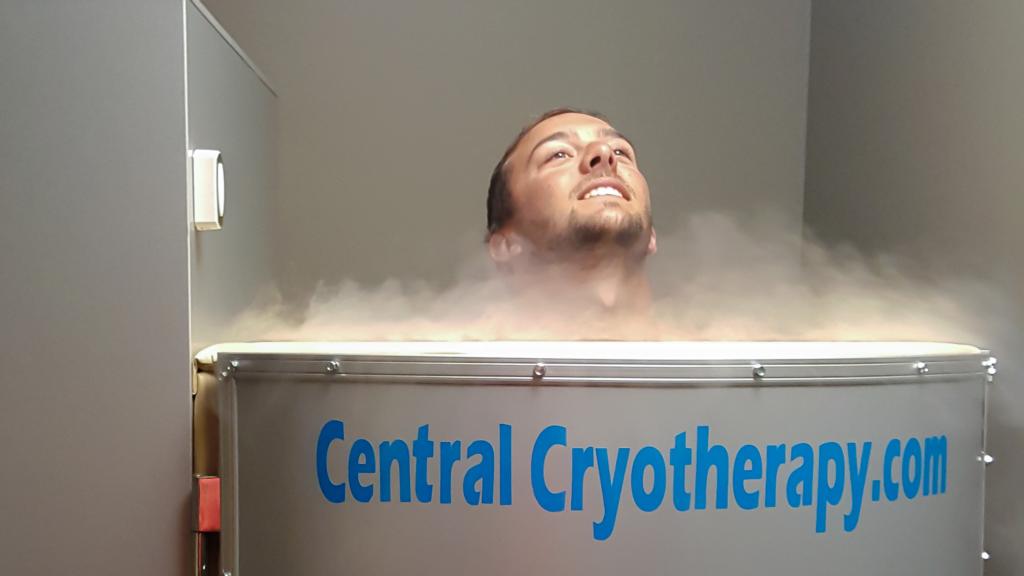Birge’s Post-Tournament Freeze
Oklahoma pro tests cryotherapy for faster physical recovery after Forrest Wood Cup

After four days of fishing the Forrest Wood Cup with all of his might, Walmart FLW Tour Rookie of the Year Zack Birge found himself sore, fatigued and looking for a pick-me-up.
“It seems like I went a lot harder for the days I was fishing [at the Cup],” says Birge. “I don’t want to sound like I wasn’t fishing hard at the regular-season events, but the way I was fishing at the Cup was much more high-paced.”
Even the youthful Birge, who at age 24 is one of the youngest pros on the Walmart FLW Tour, isn’t immune to the rigors of competition days spent exposed to the elements and long hours of standing and casting, and intense focus.
Rather than using traditional techniques to recover from the Cup, Birge sought a modern remedy upon returning home to Oklahoma.
The treatment Birge underwent is known as Whole Body Cryotherapy. It’s a form of cryotherapy that is purported to be a much quicker and easier alternative to cold-water immersion or ice packs. For the treatment, Birge stood in a nitrogen-cooled chamber where his body was exposed to subzero temperatures for nearly three minutes. Exposure to the extreme temperatures triggers the release of pain-relieving endorphins and a natural response that results in decreased inflammation throughout the entire body.
During cryotherapy, light cotton gloves, socks with slippers and an undergarment protect the patient’s extremities from possible frostbite. And even though the process rapidly lowers the patient’s surface skin temperature to about 30 degrees, it will not freeze skin tissues because exposure time in the chamber is limited.
Although Birge has no underlying conditions that cause him chronic discomfort while competing in events, he was prompted to undergo the therapy by his good friend and owner of Central Cryotherapy (centralcryotherapy.com) in Oklahoma City, Bo Cocannouer. The other reason Birge followed Cocannouer’s recommendation: Birge’s drive to stay on top of his game.
“I basically did the cryotherapy to speed up and make my body heal quickly,” Birge confesses. “I try to take as good of care of my body as I can because I plan on doing this [professional fishing] for a long time. And if I do, I will need to be in the best shape that I can be in.”
“It’s modern-day technology where we only need you for three minutes,” adds Cocannouer. “In today’s society, with everybody running and gunning, we can have someone in and out quickly.”
Whole body cryotherapy was first developed in Japan in 1978 to treat rheumatoid arthritis. The therapy was then refined in Europe. Treatment chambers known as cryosaunas can now be found in the training facilities of many U.S. Olympic, NFL and NBA teams.
Whole Body Cryotherapy is reported to improve a variety of conditions such as stress, insomnia, and, in Birge’s case, muscle fatigue. Proponents say that the immediate effects of cryotherapy last anywhere from a couple of minutes to an hour, but the release of endorphins can be long-lasting.
Birge must approve of the treatment; he says that if he ever comes out of another event feeling a little sore, he’s heading back to the chamber.